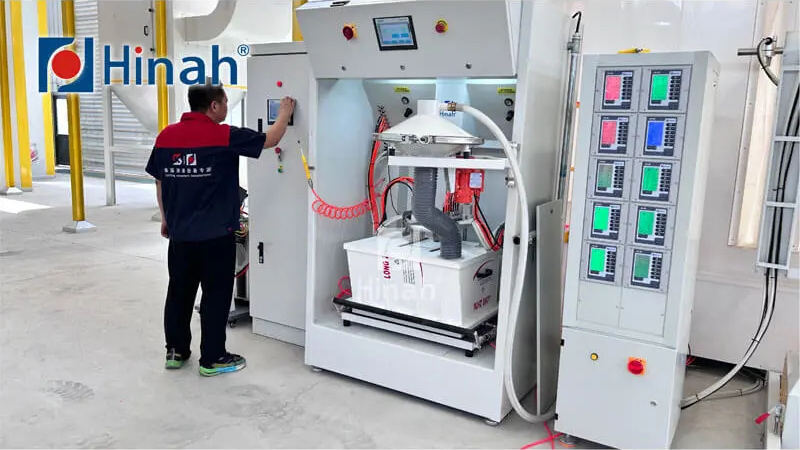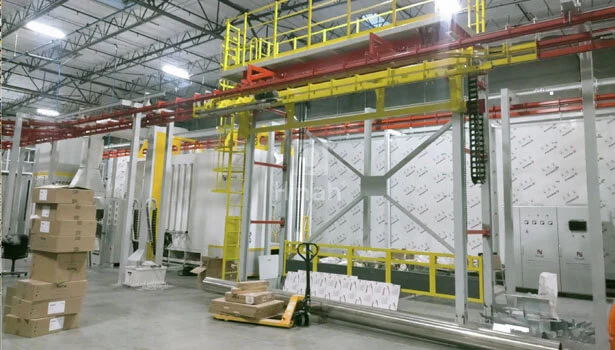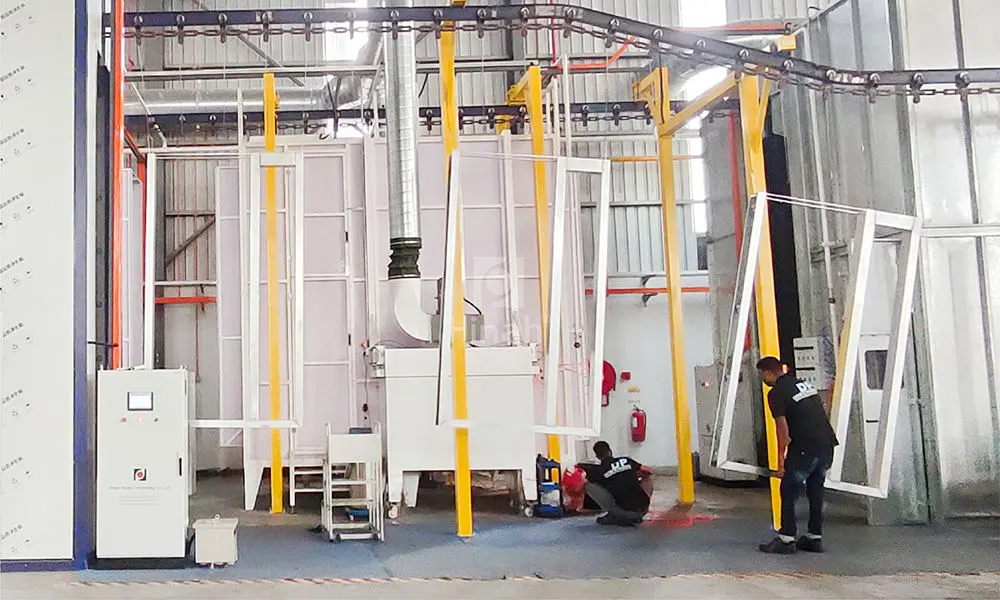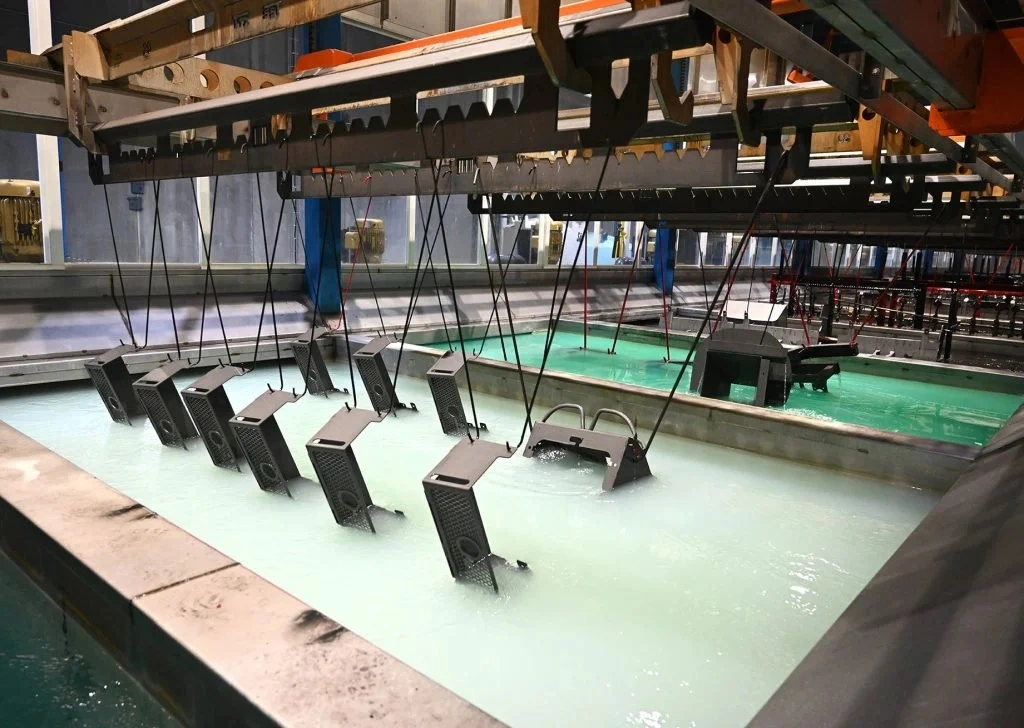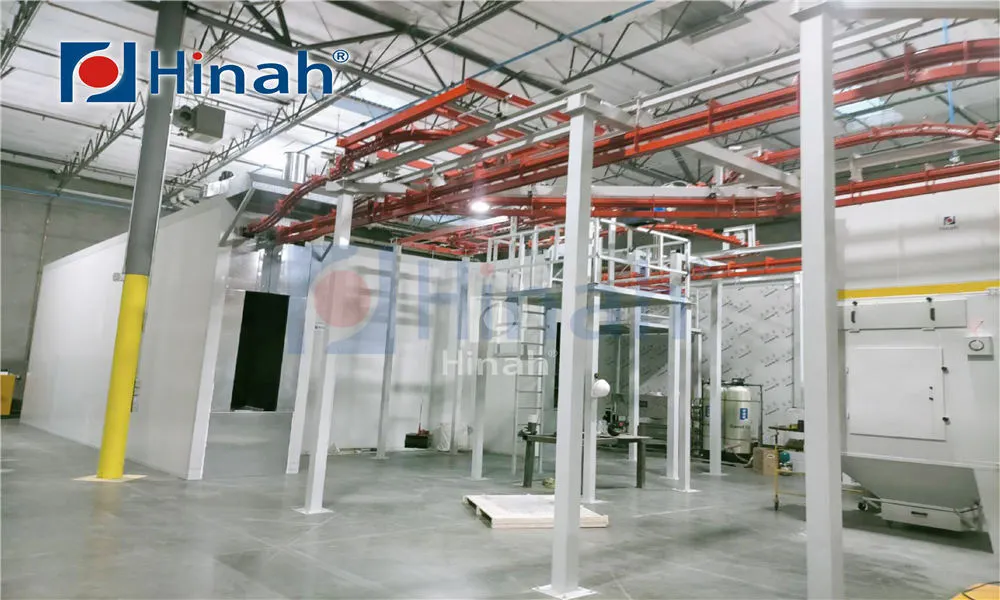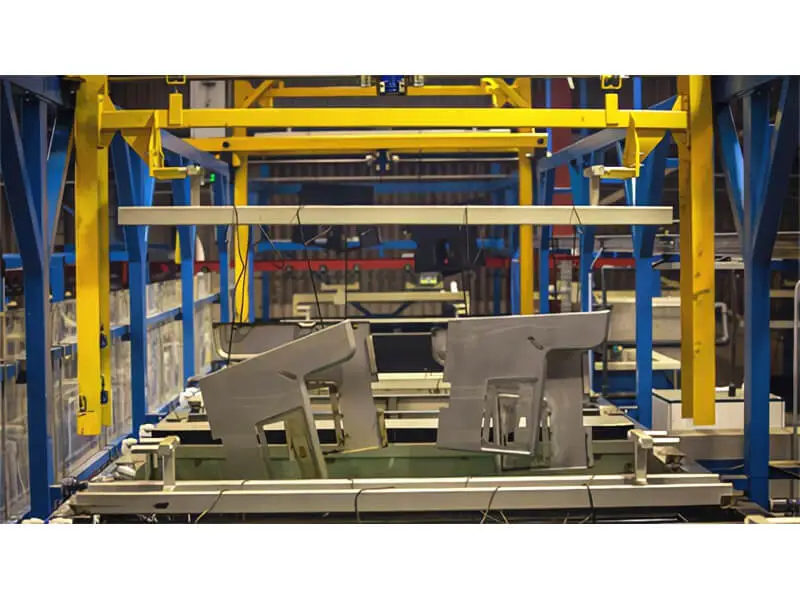The global push for sustainable manufacturing is a powerful driver behind the increased demand for powder coating. Unlike traditional liquid paints, powder coatings contain no solvents and release negligible amounts, if any, of Volatile Organic Compounds (VOCs) into the atmosphere. This makes them compliant with stringent environmental regulations. Furthermore, the process is highly efficient; overspray can be recovered and reused, leading to material utilization rates that can exceed 95%. This combination of environmental compliance and economic efficiency makes investing in a modern powder coating equipment sale a strategically sound decision for businesses future-proofing their operations.
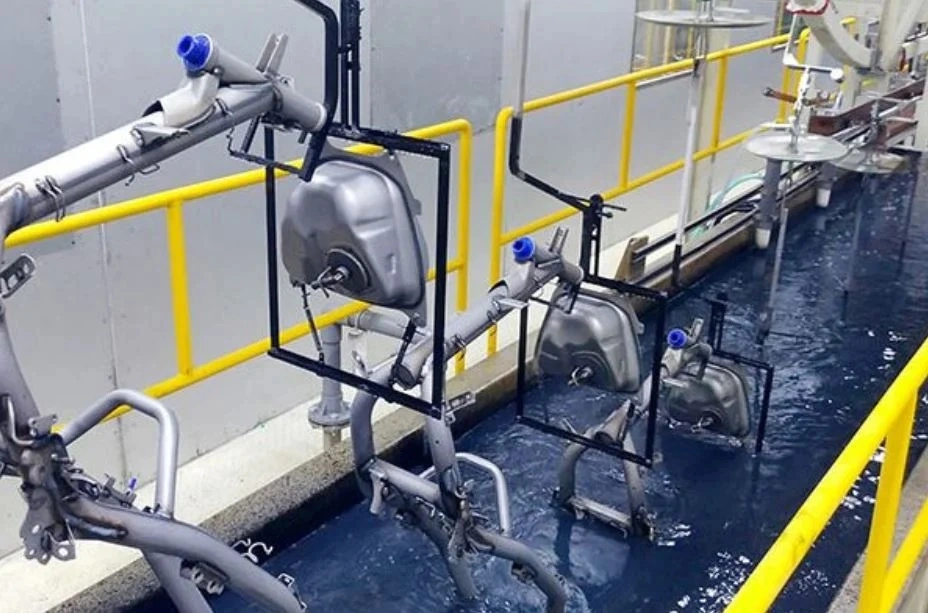
Key Components in a Powder Coating System
A complete powder coating system is more than just a spray gun and an oven. It's an integrated line where each component plays a critical role in achieving a flawless, durable finish. When evaluating a powder coating equipment sale, you will typically encounter the following key pieces:
Pretreatment Stage: This is arguably the most important step for ensuring coating adhesion and longevity. It involves cleaning and chemically treating the substrate to remove oils, dirt, and rust. Stages often include washing, rinsing, phosphating or chromating, and a final rinse. Systems can be spray washers for most parts or immersion stages for complex items.
Application Equipment: This includes the powder spray guns, which can be manual, automatic, or a combination of both. Automatic guns are often mounted on reciprocators for consistent, repetitive motion. The choice between corona and tribo charging guns depends on the part geometry and desired finish. A key part of the application area is the powder coating booth, which contains the overspray and facilitates its collection for recycling.
Oven: The curing oven is where the applied powder melts, flows, and cures into a smooth, hard finish. Ovens can be convection (electric or gas) or infrared (IR). Convection ovens are excellent for complex parts with shadows, while IR ovens offer faster cure times for simpler geometries.
Recovery System: Integrated with the booth, the recovery system (often a cyclone and cartridge filter combination) collects overspray powder, filters out contaminants, and returns it to the feed hopper for reuse, maximizing efficiency.
Factors to Consider Before You Buy
Jumping into the first powder coating equipment sale you see is not advisable. A thoughtful analysis of your requirements will ensure you get a system that delivers a return on investment.
Part Specifications: What is the size, material (e.g., steel, aluminum, MDF), and geometry of the typical parts you will coat? This dictates the size of the booth and oven, the type of pretreatment needed, and the gun technology.
Production Volume & Line Speed: How many parts do you need to coat per hour or per shift? This determines the level of automation required—from a simple manual booth to a fully automated conveyorized system with multiple automatic guns.
Available Space: A full powder coating line requires significant floor space for the pretreatment, booth, oven, and material handling. Carefully measure your available area and provide these dimensions to equipment suppliers.
Budget: Costs can vary dramatically from a small manual setup to a turn-key automated line. Consider both the initial powder coating equipment sale price and the long-term operational costs, including energy consumption, powder usage, and maintenance.
Supplier Reputation: Choose an established manufacturer or distributor known for quality machinery and, crucially, excellent technical support and after-sales service.
The market for used powder coating equipment is active and can offer substantial cost savings. However, it comes with trade-offs.
New Equipment: Offers the latest technology, energy efficiency, and reliability. It comes with full manufacturer warranties, training, and support. This is the best choice for high-volume production or when consistent quality is paramount.
Used Equipment: Can be a fantastic option for startups, job shops with a tight budget, or for coating large, simple parts. The primary risk is the unknown service history. It is highly recommended to have a qualified technician inspect any used equipment before purchase. Check for oven insulation integrity, boiler functionality (if gas), and the condition of pumps and guns.
Regardless of your choice, ensure the supplier of the powder coating equipment sale can provide installation guidance, operational training, and access to spare parts.
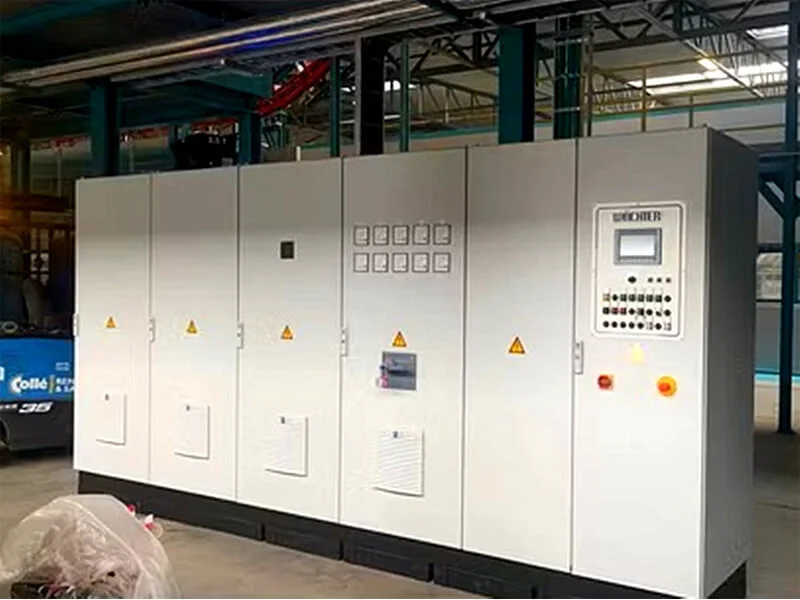
The Importance of Service and Support
The relationship with your equipment supplier shouldn't end when the sale is complete. The complexity of a powder coating system means that reliable technical support is invaluable. Before committing to a powder coating equipment sale, inquire about:
Installation & Commissioning: Will they provide engineers to supervise installation and ensure the system runs correctly?
Training: Do they offer comprehensive training for your operators on both application techniques and routine maintenance?
Spare Parts Availability: How quickly can they ship common wear-and-tear items?
Troubleshooting Support: Is remote or on-site support available if you encounter technical issues?
A supplier that excels in these areas will minimize your downtime and ensure you get the most from your investment.
Common Questions About Powder Coating Equipment Sales
Q: What is the typical cost range for a complete powder coating system?
A: There is no one-size-fits-all answer. A small manual system can start in the tens of thousands of dollars, while a large, fully automated conveyorized line can easily run into the hundreds of thousands. The final cost depends entirely on the size, automation level, and components chosen.
Q: Can I retrofit or upgrade my existing liquid paint line to powder?
A: It is possible but often not straightforward. Powder coating requires a specific pretreatment (often different from liquid systems), a completely enclosed booth for powder containment, and typically a different curing technology. A consultation with an equipment supplier is essential to assess feasibility.
Q: How much maintenance does powder coating equipment require?
A: Regular maintenance is key to longevity and consistent performance. Daily tasks include cleaning the spray booth and checking gun filters. Weekly and monthly schedules involve deeper cleaning of the recovery system, checking electrical connections, and calibrating equipment. Your supplier should provide a detailed maintenance checklist.
Q: Is powder coating equipment difficult to operate?
A: While the technology is advanced, modern systems are designed for user-friendly operation. Basic manual application has a relatively short learning curve. Operating a fully automated line and troubleshooting issues require more trained personnel. Proper training from your equipment supplier is crucial for success.
Q: How do I know if a used powder coating oven is in good condition?
A: Check for signs of external rust or damage. Inside, look for deteriorating insulation and damaged heating elements. Most importantly, request documentation of its service history and have its temperature calibration checked by a professional before purchase.
Investing in a powder coating equipment sale is a major step towards improving your product quality and operational efficiency. By carefully assessing your needs, understanding the components, and choosing a reputable supplier with strong support, you can make a decision that will benefit your business for years to come.


